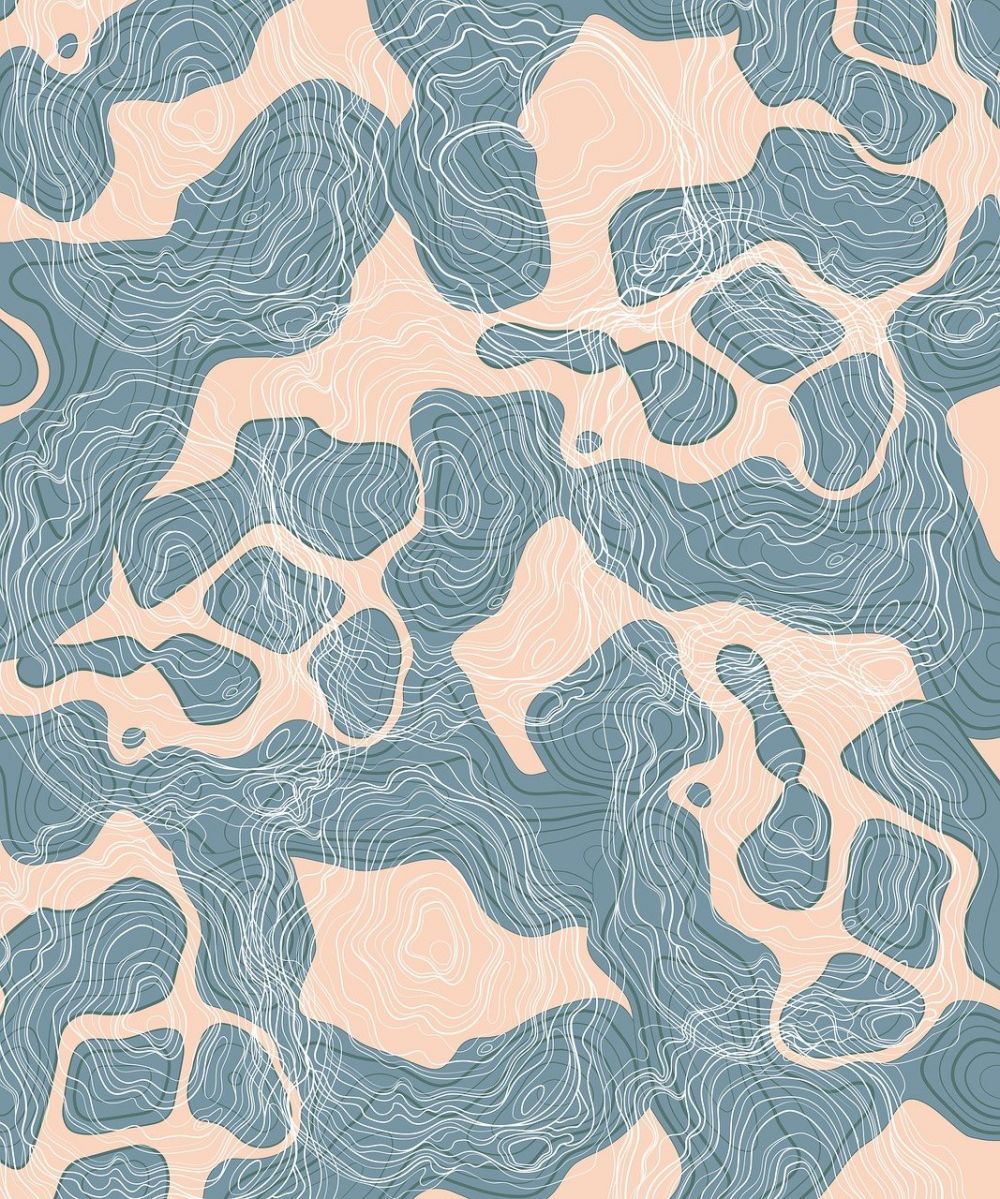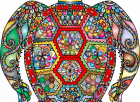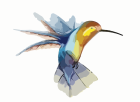Grafisk design Explore the World of Creativity and Communication

Grafisk design – Explore the World of Creativity and Communication
Introduction:

Graphic design is a dynamic field that combines creativity, technology, and communication to create visually appealing and impactful designs. It plays a crucial role in various industries, including advertising, marketing, web design, and print media. This article aims to provide a comprehensive overview of graphic design, including its definition, types, popularity, quantitative measurements, differences between various graphic design approaches, as well as a historical examination of their advantages and disadvantages.
What is Graphic Design?
Graphic design encompasses the creation and arrangement of visual elements to convey a specific message or concept. It involves the use of various tools, such as typography, color theory, illustrations, and layout techniques, to create visually stunning designs. From designing logos and branding materials to creating website interfaces and marketing campaigns, graphic designers bring ideas to life through their creative expertise.
Types of Graphic Design
Graphic design is a diverse field, branching out into several specializations. Some popular types of graphic design include:
1. Branding Design: This type focuses on creating a visual identity for businesses or products, including logos, packaging, and corporate stationery.
2. Web Design: Web designers create visually appealing and user-friendly interfaces for websites, ensuring seamless navigation and an engaging user experience.
3. Print Design: Print designers work on materials like brochures, posters, magazines, and advertisements, ensuring they are visually appealing and effectively convey the desired message.
4. Advertising Design: Advertising designers specialize in creating eye-catching visuals and compelling campaigns across various media platforms to grab viewers attention and promote products or services.
5. Motion Graphics Design: This type involves creating animated and interactive visuals for videos, films, and multimedia platforms, combining design principles with video editing techniques.
Popularity and Quantitative Measurements
Graphic design is highly sought after worldwide due to its impact on brand recognition and consumer perception. It is estimated that the global graphic design market size will reach $266.2 billion by 2025, driven by factors such as increasing digitalization, e-commerce growth, and the need for visually appealing content across industries. Furthermore, quantitative measurements, such as engagement rates, click-through rates, and conversion rates, are utilized to evaluate the success of graphic design campaigns, helping businesses gauge their return on investment.
Differences between Graphic Design Approaches
Various graphic design approaches exist, each with distinct characteristics and applications. Here are some notable differences between them:
1. Minimalist Design vs. Ornate Design: Minimalist design focuses on simplicity, using clean lines, ample white space, and restrained elements. On the other hand, ornate design embraces intricate details, textures, and embellishments to create visually rich and decorative designs.
2. Flat Design vs. Skeuomorphic Design: Flat design emphasizes simplicity, bold colors, and two-dimensional elements, while skeuomorphic design imitates real-world textures, materials, and aesthetics to create a visually realistic experience.
3. Modern Design vs. Vintage Design: Modern design incorporates contemporary elements, sleek typography, and minimalist aesthetics, while vintage design draws inspiration from the past, utilizing nostalgic visuals, retro typography, and aged textures.
Historical Examination of Advantages and Disadvantages
Throughout history, graphic design has evolved, bringing forth both advantages and disadvantages. Some key points to consider include:
Advantages:
– Enhanced communication: Graphic design conveys messages effectively, capturing viewers’ attention through visual appeal and powerful imagery.
– Increased brand recognition: Well-designed logos and branding materials help businesses establish a powerful and memorable identity.
– Improved user experience: Intuitive web design and user-focused interfaces enhance navigation and engagement, ultimately improving the user experience.
Disadvantages:
– Subjectivity: Graphic design can be subjective, and what appeals to one person may not resonate with another.
– Evolving trends: As design trends constantly evolve, graphic designers need to stay updated and adapt their skills to remain competitive in the industry.
Conclusion:
In summary, graphic design is a multidimensional field that enables effective communication through visually compelling designs. From branding and web design to advertising and print media, graphic design plays a vital role in numerous industries. Understanding its diverse types, popularity, quantitative measurements, differences in design approaches, and historical advantages and disadvantages can provide individuals with a comprehensive insight into this dynamic profession. Whether you’re considering a career in graphic design or seeking the services of a professional, appreciating the art and science behind this creative discipline is essential for success.











